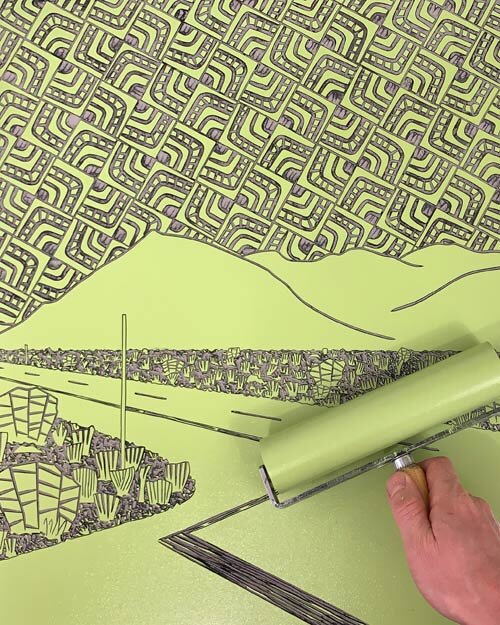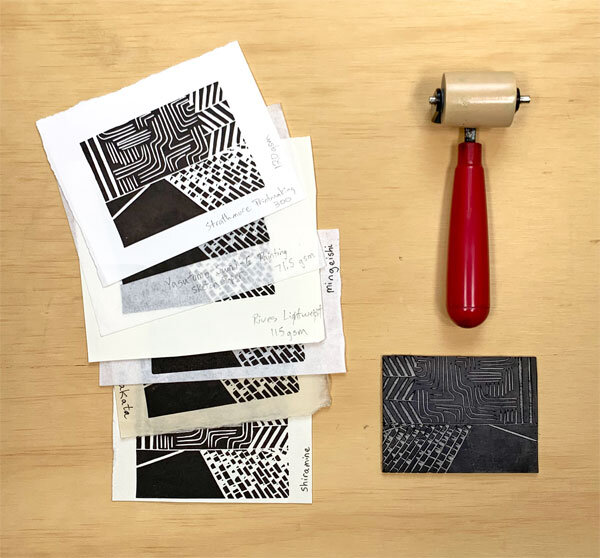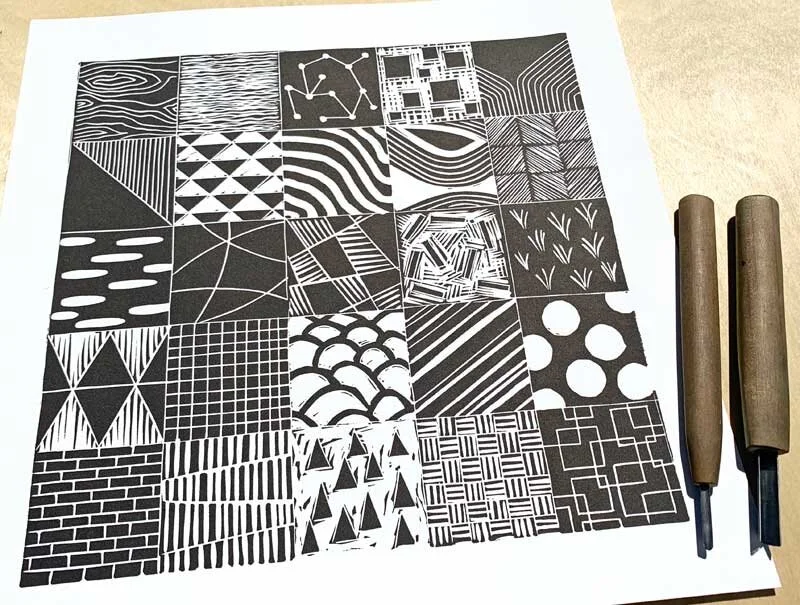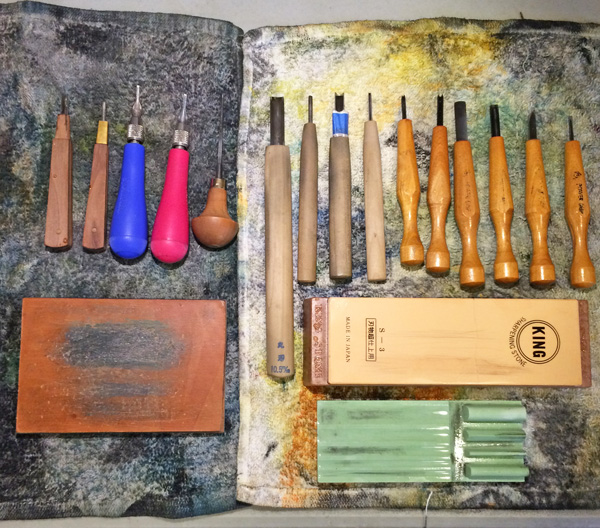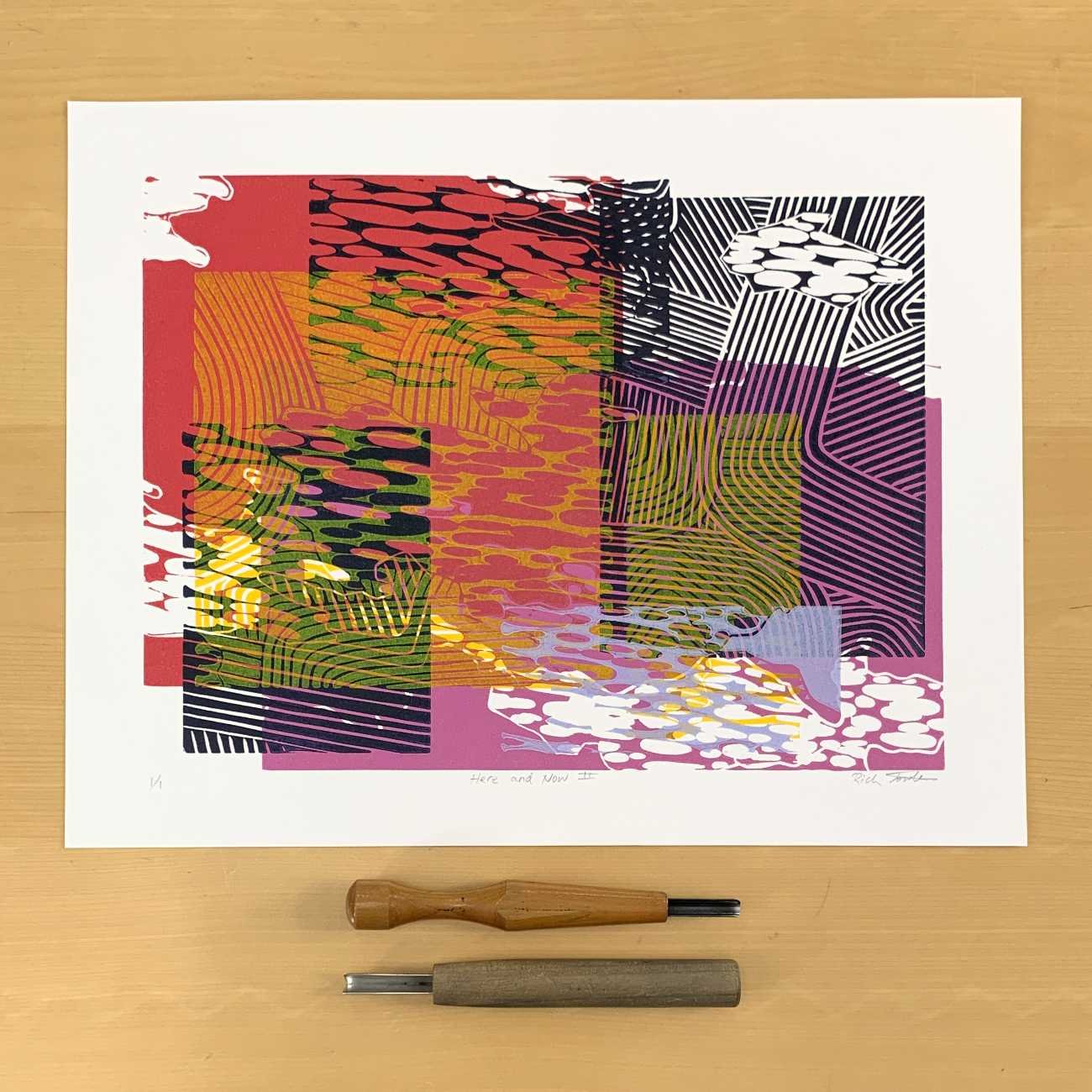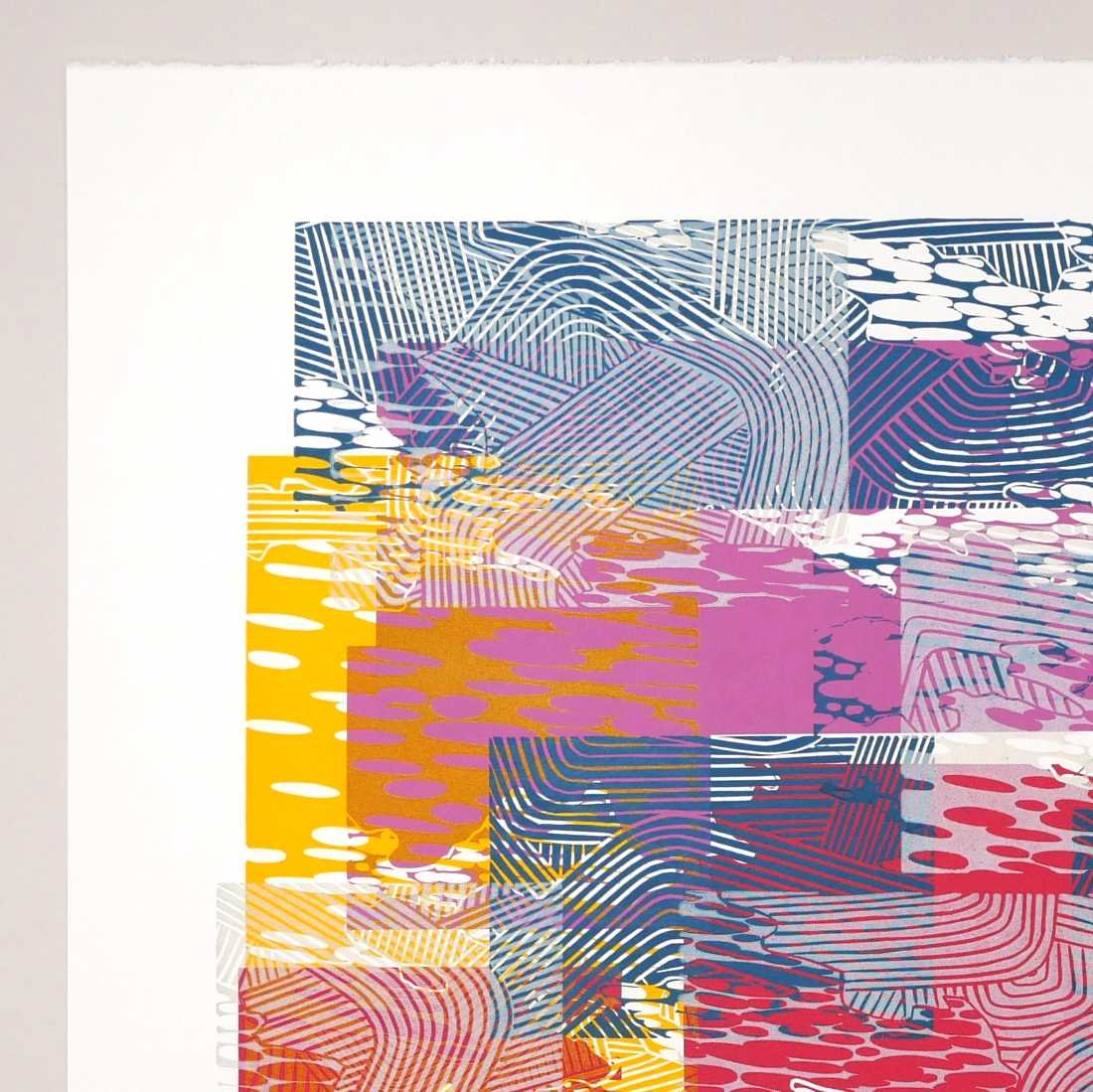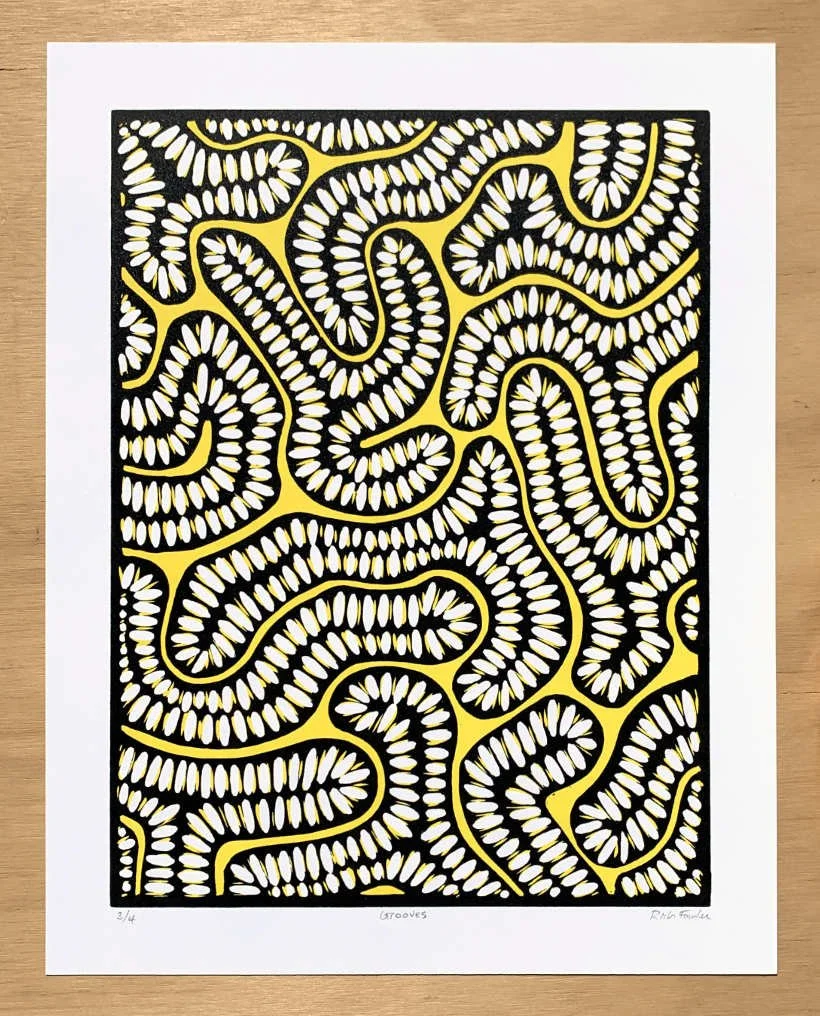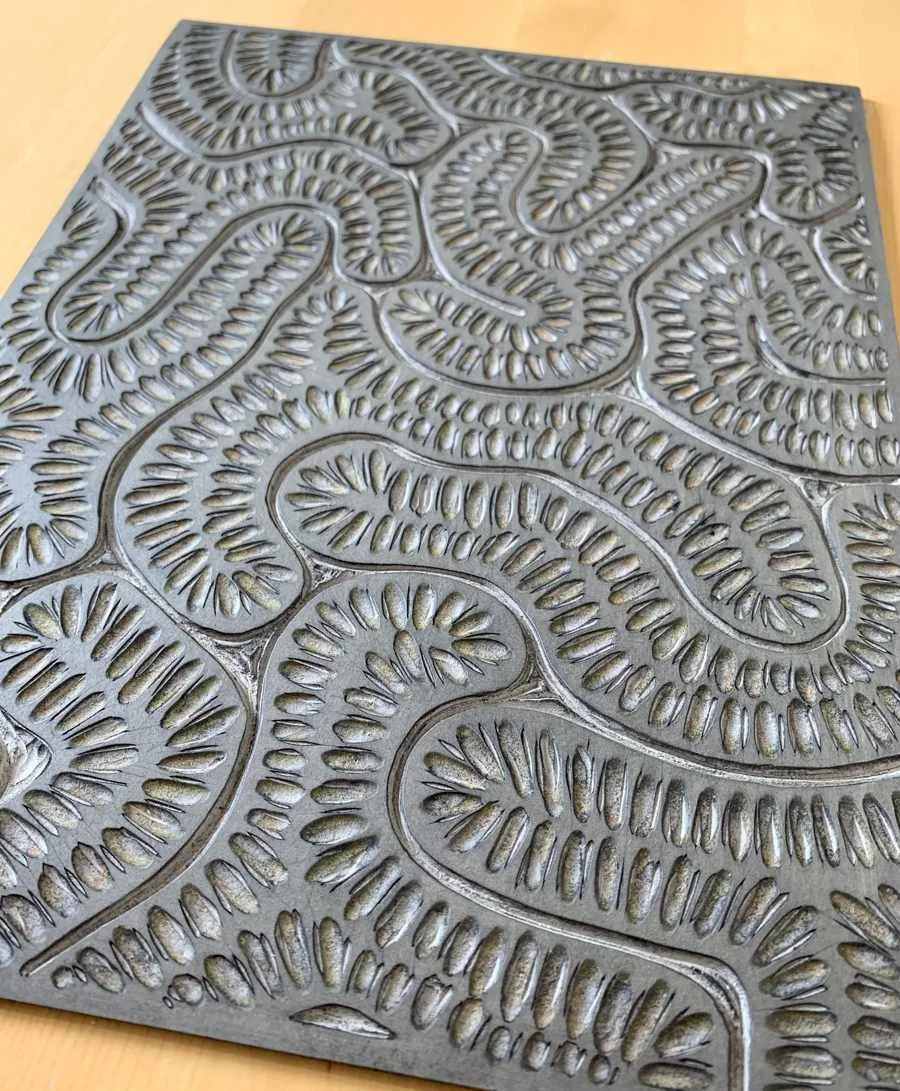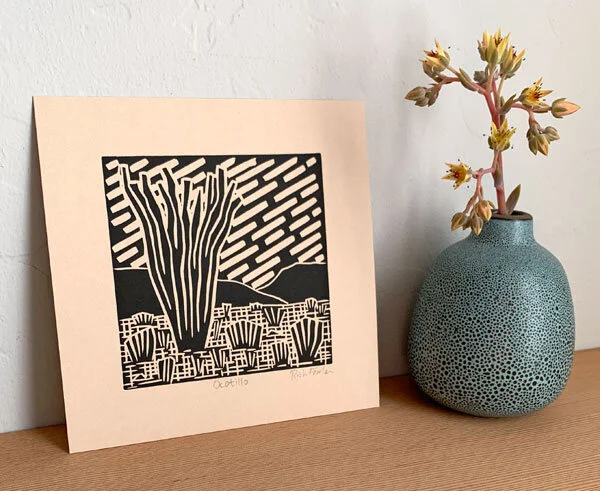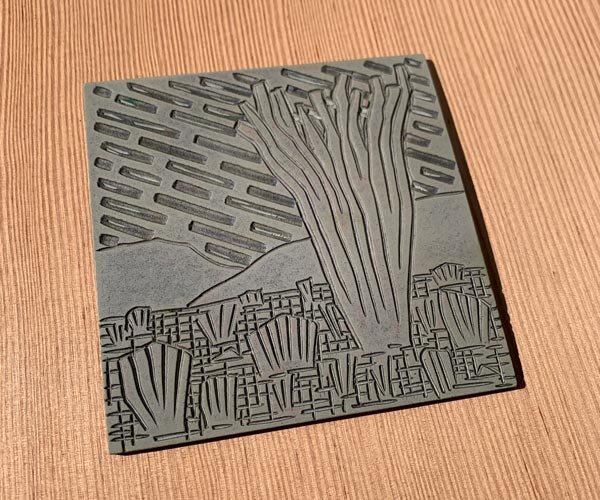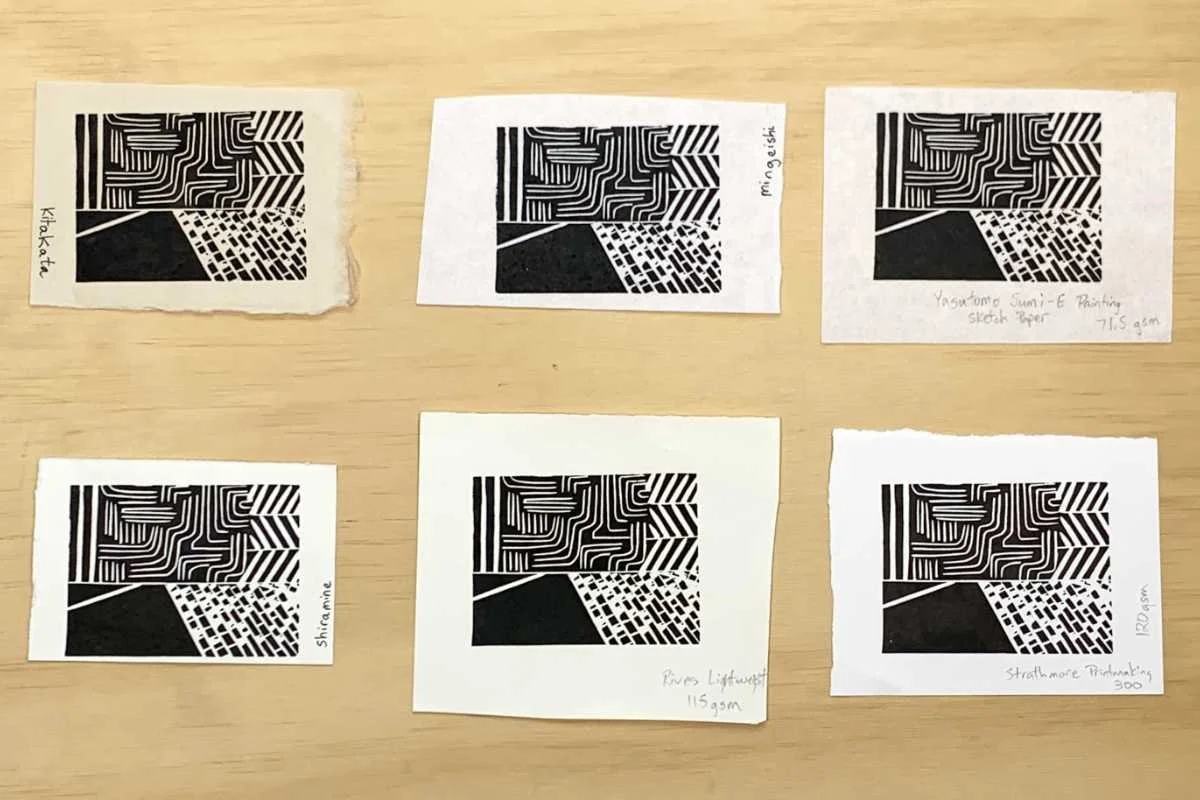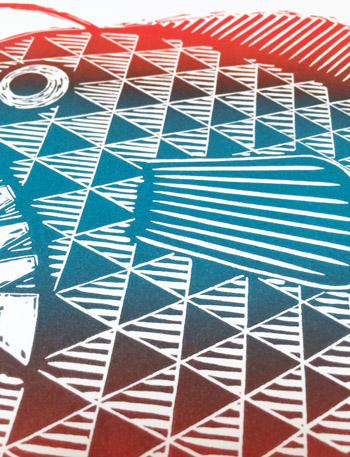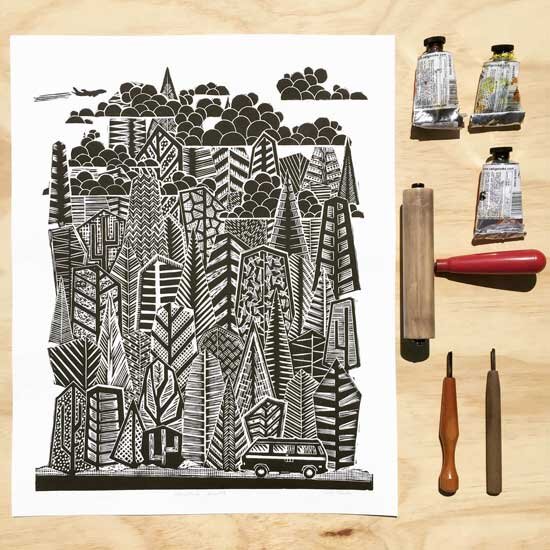What to Consider When Choosing a Paper for Hand Printing
If you were to ask me what block printing ink I think is the best, I would give you a couple suggestions and feel pretty confident that it will work for you. Paper is a little different, though. There are so many different types of paper to choose from and what you have available will partially depend on where you live. So, I don’t think there is necessarily a perfect paper for hand printing. But I’m going to give you suggestions on what to look for in paper to help guide you. I’ll also provide some specific recommendations.
A Paper’s GSM
Choosing a paper of the right weight is really helpful for printing linocuts, woodcuts or rubber blocks by hand. When you shop you’re going to notice a term on the package or product listing called, “GSM.” This stands for grams per square meter and is a measure of a paper’s weight. The higher the GSM the heavier the paper.
Importantly, if you’re printing by hand instead of a press, you’ll probably want a light to light-medium weight paper. Say, between 30-120 gsm, though this is not a hard and fast rule. You’ll want to avoid really thick paper like Stonehenge (250 gsm) or Rives BFK (250 gsm) when printing by hand, in my opinion. I would say, though, that those two papers are probably my favorites when printing on a press.
To give you a frame of reference for paper weight, I grabbed my pack of inkjet printer paper and it says it’s 75 gsm.
Paper Acidity
A final print you care about should be printed on acid free paper that will ensure it will last a lifetime, give or take. Here’s a good glossary that defines technical paper terms like acid free, neutral pH and sizing.
Paper Color
I’m reviewing neutral color papers than range from white to tan. Some papers are not nearly as truly white as others!
Paper Size
Paper comes in all sorts of sizes and is sold by the sheet or in a pad. Make sure the paper is a good size for your prints to reduce the amount of wastage. Some paper is of such odd sizes I just don’t feel like it’s much use to me.
Paper Texture
Some paper is extremely smooth, while other paper has a more rough handmade feel.
Very generally speaking, lighter / smoother paper will produce more consistently crisp prints with less effort by hand than heavier / rougher paper.

